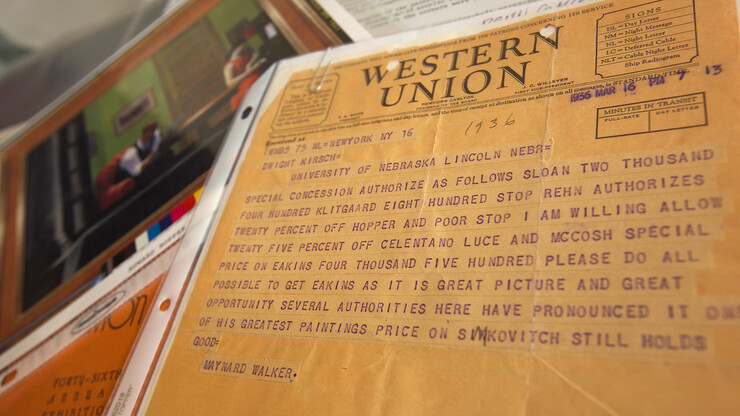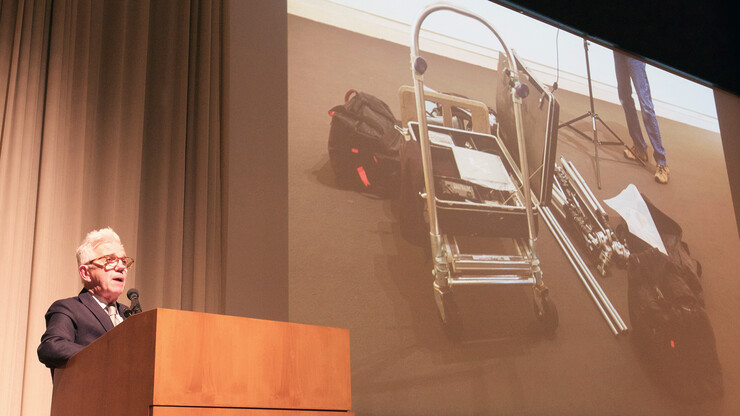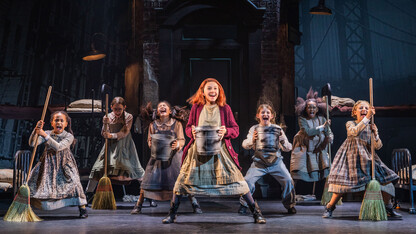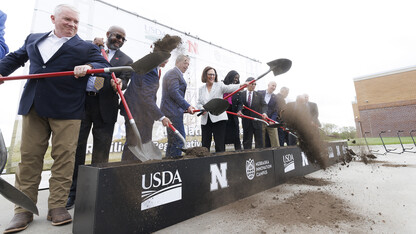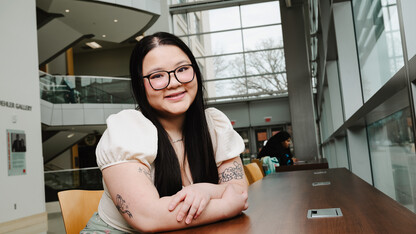· 4 min read
Sheldon project to digitize entire art collection
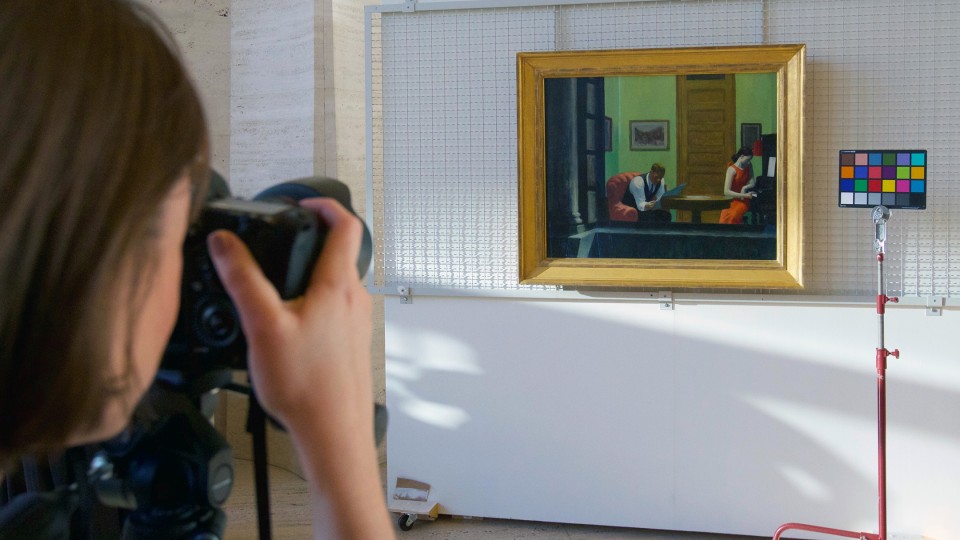
Sheldon Museum of Art is using pixels rather than bricks and mortar to expand access to its collection.
The University of Nebraska–Lincoln museum has launched a digitization initiative that will create an online database featuring images and detailed information about each of the 12,866 items in its collection. The database — which will expand the museum’s limited online collection resource — is scheduled for completion in late fall.
“With 12,866 items in the collection, this museum certainly has a lot to show people,” Wally Mason, director and chief curator of the Sheldon, said. “Unfortunately, we don’t have sufficient room in the museum to show every item in the collection. So, rather than build a $100 million building somewhere close by, we have decided to spend much less to create an online database that will be available to the world.”
The project is budgeted to cost less than $130,000 — or, about $10 for every piece of art in the collection.
The digitization process is fairly simple, yet time consuming. High-resolution photos with colors matched precisely to each piece of art are recorded and combined with information — size, medium, purchase price, etc. — the museum has on file for each art piece. The photos and related information will then be entered into a searchable database and made available online. Museum staff are working with University Communications to build the online database.
Mason said the process has been valuable for confirming information on file and for generating accurate color photos of each art piece.
“We’re verifying all the information we have on hand — measuring objects and frames, checking the medium, double checking the acquisition years and purchase price, and making sure donor names are properly spelled — and collecting more if possible before details are entered in the database,” Mason said. “And, in terms of color accuracy, the digital images we are getting eclipse any form we’ve had in the past.
“When complete, this database will be the definitive resource on the museum’s collection.”
The digitization project has been completed in phases through small grants, starting with funds from the Cooper Foundation in 2013 to purchase a collections database. A second grant from the Henry Luce Foundation funded high-resolution photos of approximately 8,200 works on paper. A current grant from the National Endowment for the Arts is enabling the musem to photograph paintings.
Sheldon is seeking public support for the fourth phase of the project, which will make the collection accessible to the public via the searchable, online database.
“This is a resource that we expect from libraries, and I believe we should expect it from museums,” Mason said. “It’s lovely that we have all these items in the collection, but what’s the point to leave them hidden away down in a vault?
“We need to provide broader access to the collection. And this project allows us to just that at a very affordable price.”
For more information on the project or how to offer support, click here, send email to laura.reznicek@unl.edu or call 402-472-1366.
